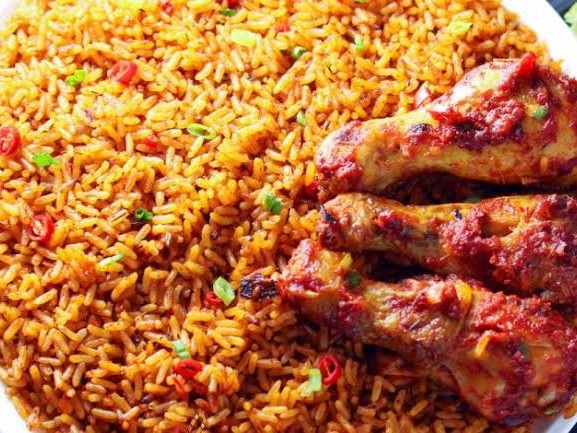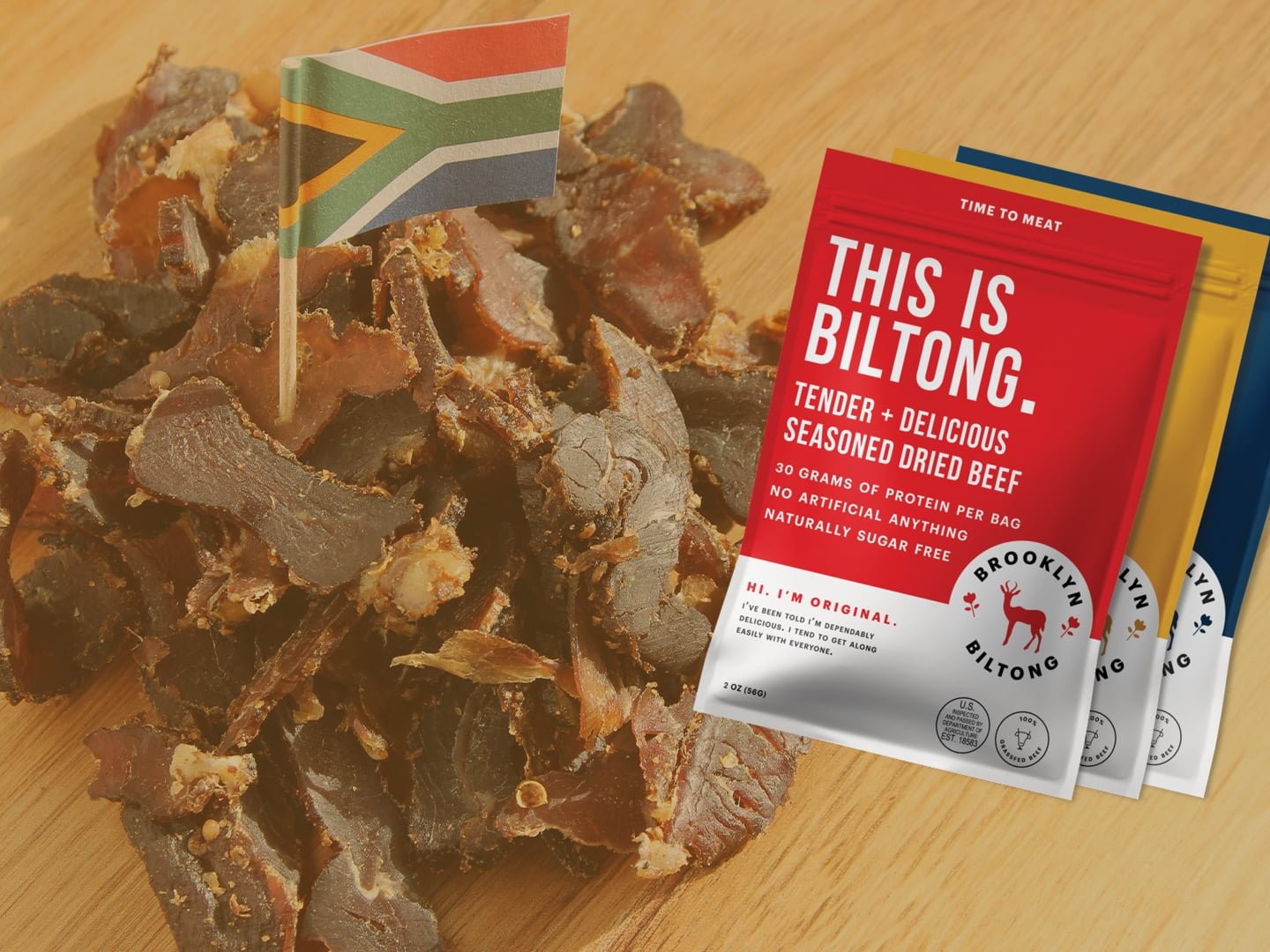Share this!
A Quick Guide to Kenyan Food
Kenya, the land of the ancient Maasai people, is an emerging economic and military powerhouse in Eastern Africa. Tourism (buoyed by an abundance of wild animals and safaris), as well as contributions from Technology, make Kenya a top destination for business and pleasure for many individuals.
A key attraction to life in Kenya is the local cuisine. As a result of the country’s colonization by Britain and a long-standing relationship with foreign settlers, Kenyan food and methods of preparation are as diverse and eclectic as you will find anywhere else. Note that Indians, Arabs, Europeans, and Pakistanis, as well as nationals from some western countries, have influenced Kenyan cuisine for the last couple decades.
The typical Kenyan meal is simple and can be prepared in a short time. The ingredients are sourced fresh and are readily available in stores and supermarkets. The vegetables, fruits, fish, and meats come from sources such as farmlands, lakes and the Indian Ocean. Without further ado, let the following Kenyan meals feature high on your to-eat list:
Ugali
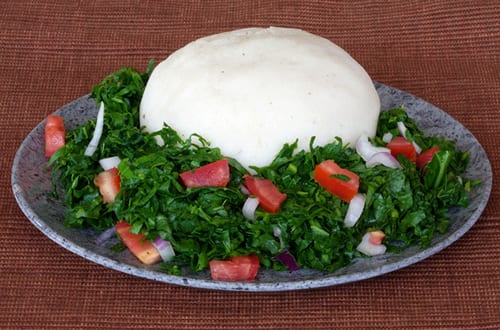
Meals do not come as easily prepared as Ugali in Kenya. Also referred to as kimnyet, sima, ngima, and obusuma among other local dialects, Ugali comprises a dish made from maize, millet or sorghum flours (sometimes mixed with cassava flour) cooked in boiling water or milk to a thick consistent dough-like mass. Ugali is not only tasty, it is also relatively inexpensive and enjoyed across the length and breadth of Kenya.
Ugali serves best with sauce or stew of vegetables, meat, and fish. Eating the dish might require some tutoring. The process involves one rolling the Ugali into a lump with the right hand, making a depression at the center of the lump and scooping the stew/sauce as well as the pieces of meat and fish.
Irio
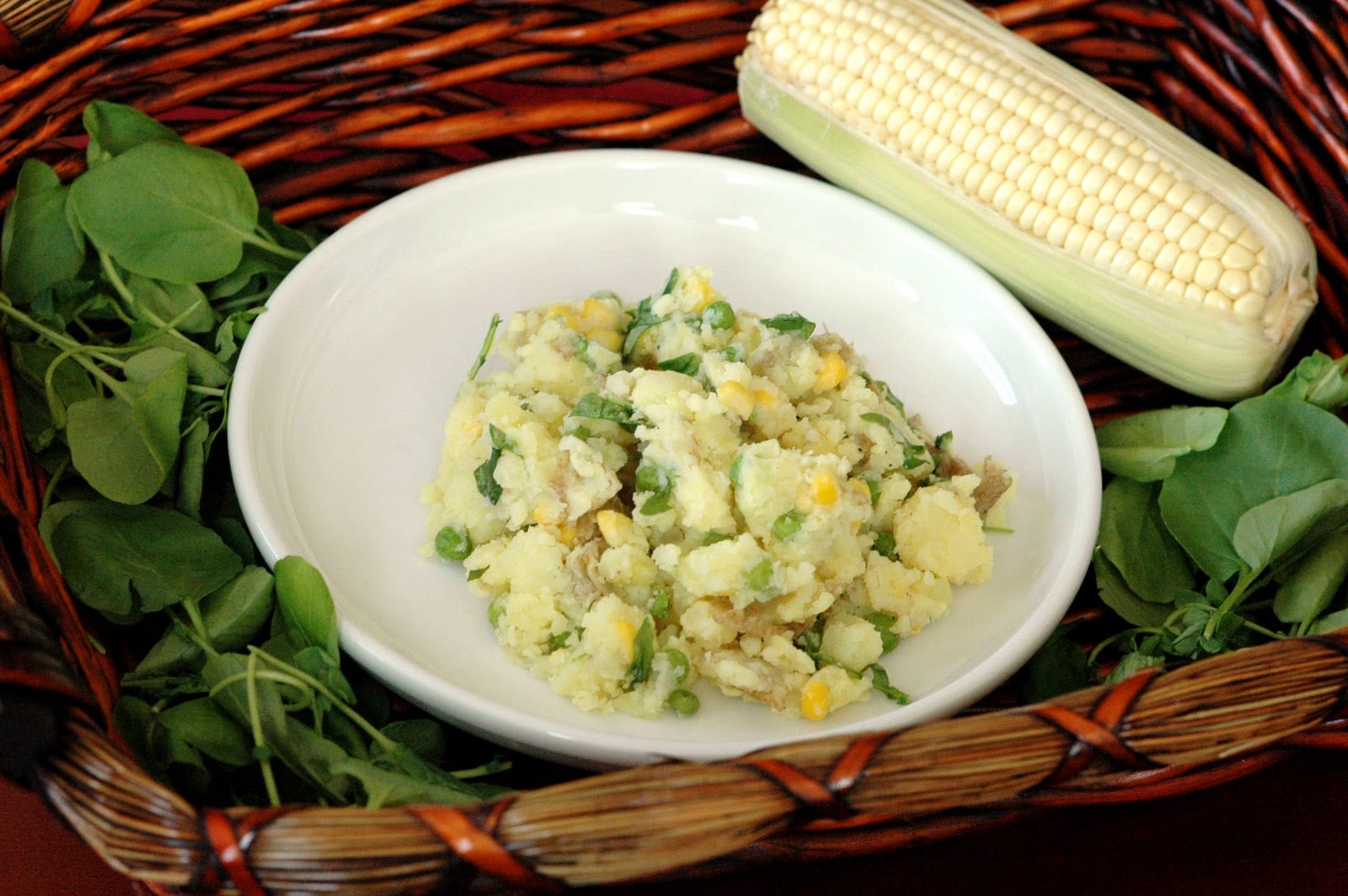
If you are looking for a meal with a great taste and nation-wide appeal, go no further than the famous Irio. Also referred to as Mukimo, this Kenyan delicacy is believed to originate from the central part of the country; however, it is now enjoyed by all communities in Kenya. Irio consists of boiled Green peas and potatoes, mashed up before whole kernels of maize (corn) are added to give the mash some extra starch and texture. Locals will aver that the Irio goes well with roasted meat ( Nyama Choma) in stew sauce. You can only sit back, trust their sense of judgment and have yourself enjoy a delightful culinary experience with this sumptuous Kenyan offering.
Githeri
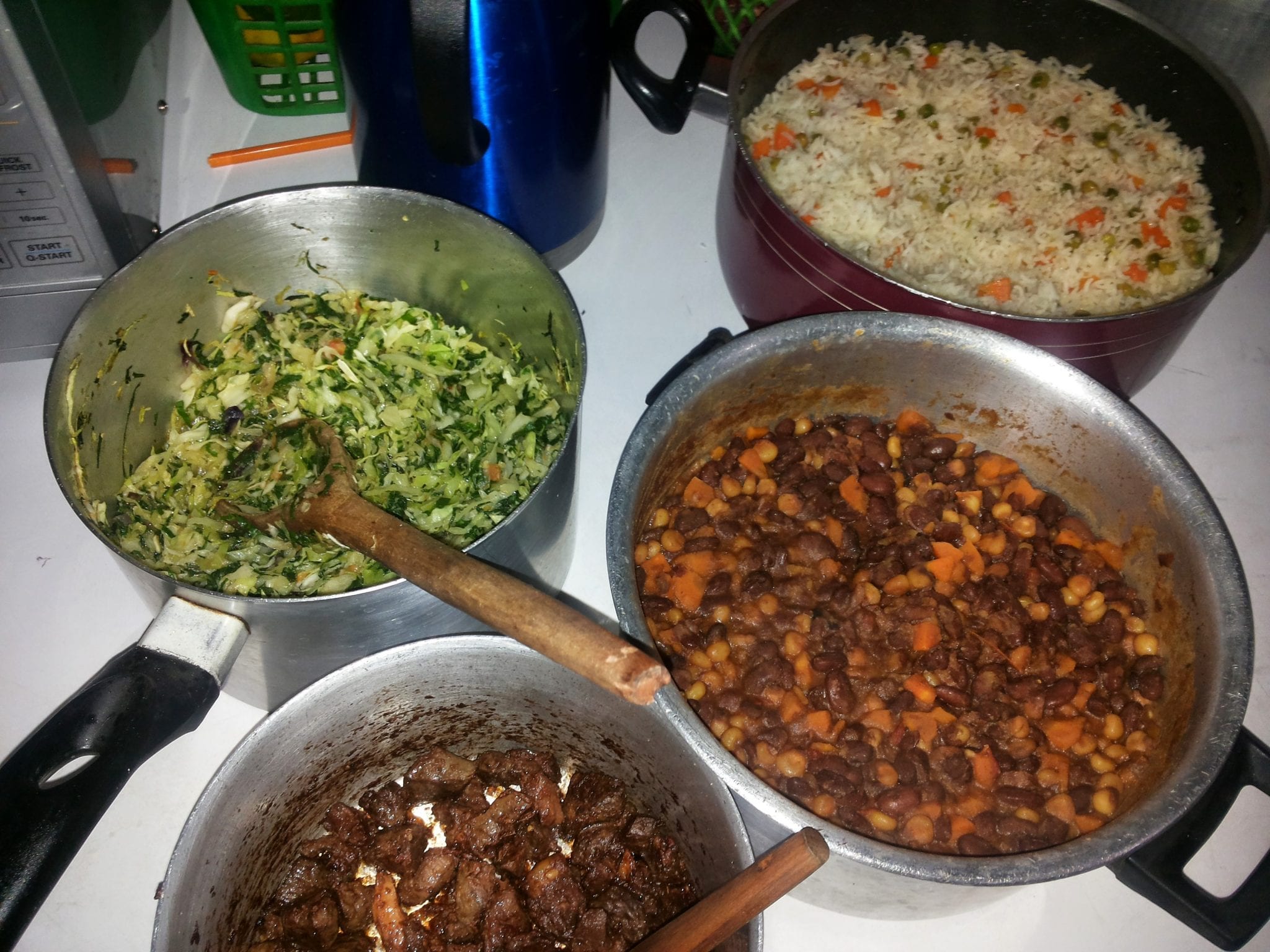
If you want good competition for the two aforementioned meals, then set your sights on the prized dish called Githeri. This sumptuous serving often referred to as muthere or mutheri is a Kenyan traditional meal of maize and any type of beans mixed and boiled together.
The trick of the process centers on cooking the mixture in a special pot or sufuria, adding enough water to boil maize and beans until the food is well-prepared. Kenyans love to spice up Githeri with the addition of other condiments like potatoes, bananas, salt, pepper, and chilies. Githeri is not only filling, but it is also a healthy meal for those with a thing for wholesome eating. With origins from central Kenya (specifically from the Gikuyu, Meru and Embu people), Githeri is now an essential part of the culinary discourse of many homes across the country. And it should be yours as well when you visit Kenya!
Kenyan Pilau (Spiced Rice)
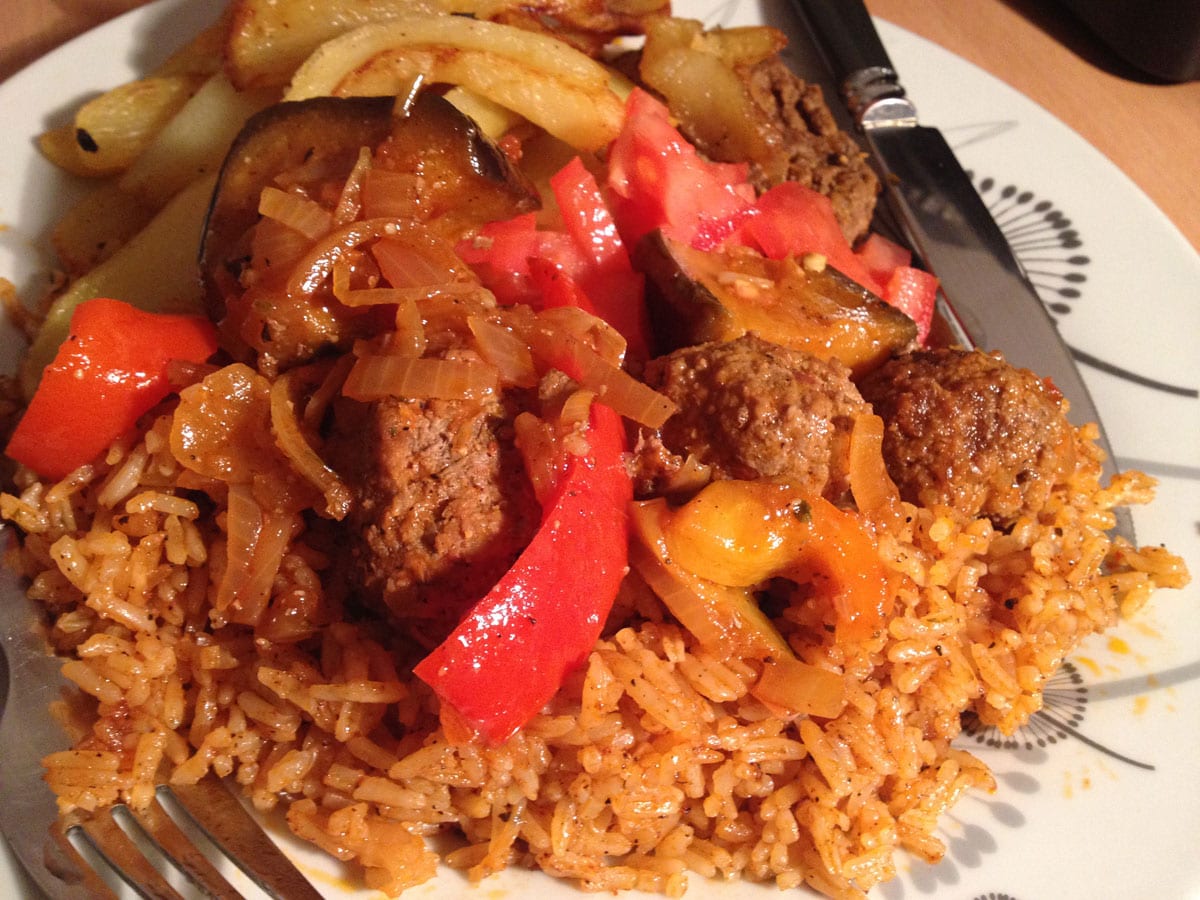
Do you think you have seen and tasted it all when it comes to Jollof rice from either Nigeria or Ghana? Then you would have to think again when you get to taste the incredible tasting Pilau (spiced rice) made in Kenya. Pilau comes as a glorified combination of rice cooked with flavor bursting spices like cumin, cardamom, cinnamon, and cloves. These spices infuse a certain edginess and tinge to the rice, ensuring that your taste buds are thrilled to no end. For an enhanced culinary experience, ensure your host serves the rice with generous toppings of slices of fresh tomatoes and onions. You can eat this meal on its own or take it along with a well-prepared plate of meat stew.
Wali Wa Nazi (Coconut Rice)
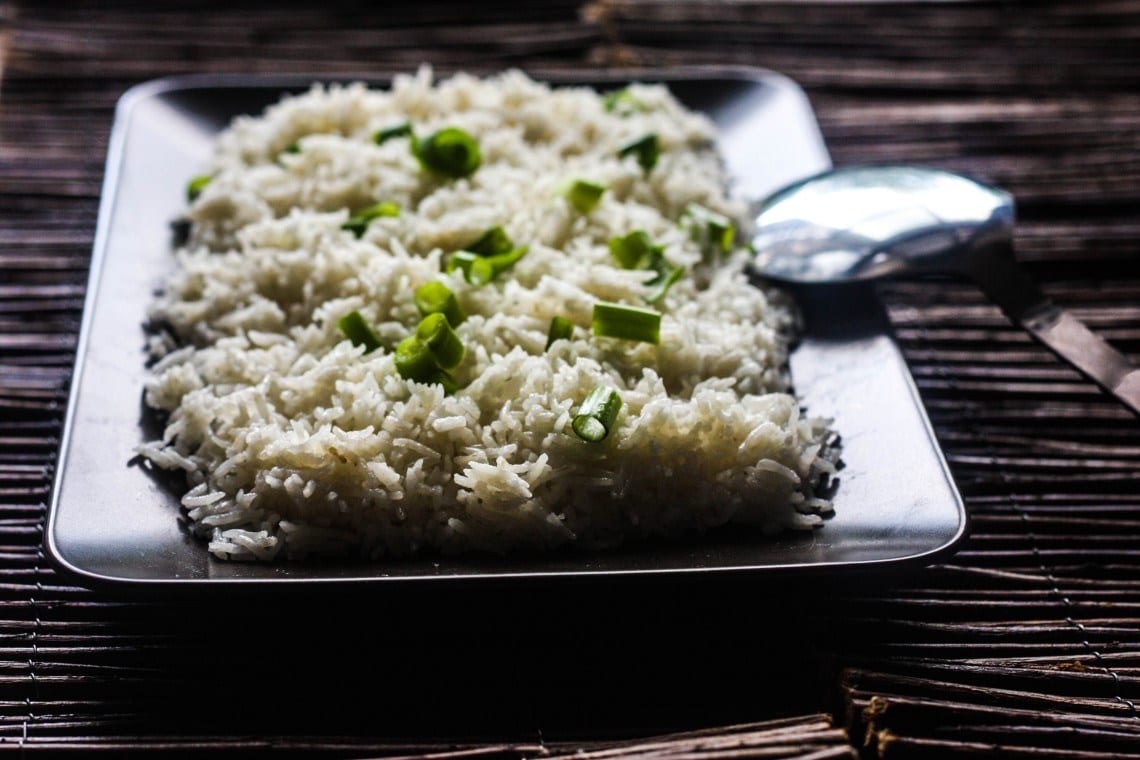
Not to upturn your culinary adventure any further in Kenya but you will just have to give Wali wa Nazi a try before you leave the country. If Pilau is the yang in your plate, Wali wa nazi has to be your ying. Expect nothing less than tasty goodness when white rice is cooked with grated coconut meat to create a fragrant twist on plain boiled rice.
If your hosts want to give you a meal to remember for a long time (make that a lifetime), do not ask questions when the dish is served along with accompaniments like fish/chicken curry, some vegetables as well as beans stew. All you are expected to do is jump in and eat away!
Notes:
In order to enjoy these meals and many others in harmony with socio-cultural etiquette, the following tips can guide your visit and stay in Kenya:
Pick up a word or two of the Local Language. While there are several local dialects in the country, Swahili remains the official language of communication (in addition to English) and it is widely spoken. Endear yourself to the locals by learning short phrases for greetings and asking your way around.
It is all in the hands. It is considered polite and expected to greet people with a broad smile and a shake of hands.
Remember the eyes are the windows to the soul. While in Kenya, you can only cultivate the trust and confidence of your hosts and other locals when you make continuous eye contact with them as you interact.
Family is key. The average family in Kenya is large and usually consists of extended family members. Family times are important occasions, so do your best to honor invitations to family meetings/gatherings.





